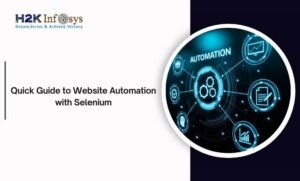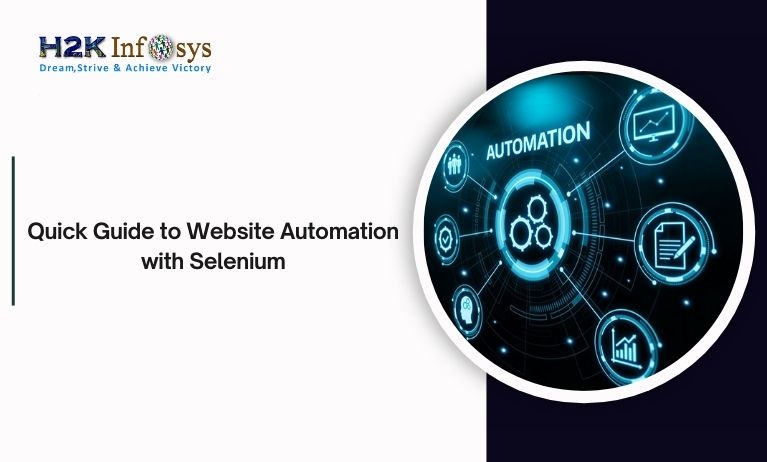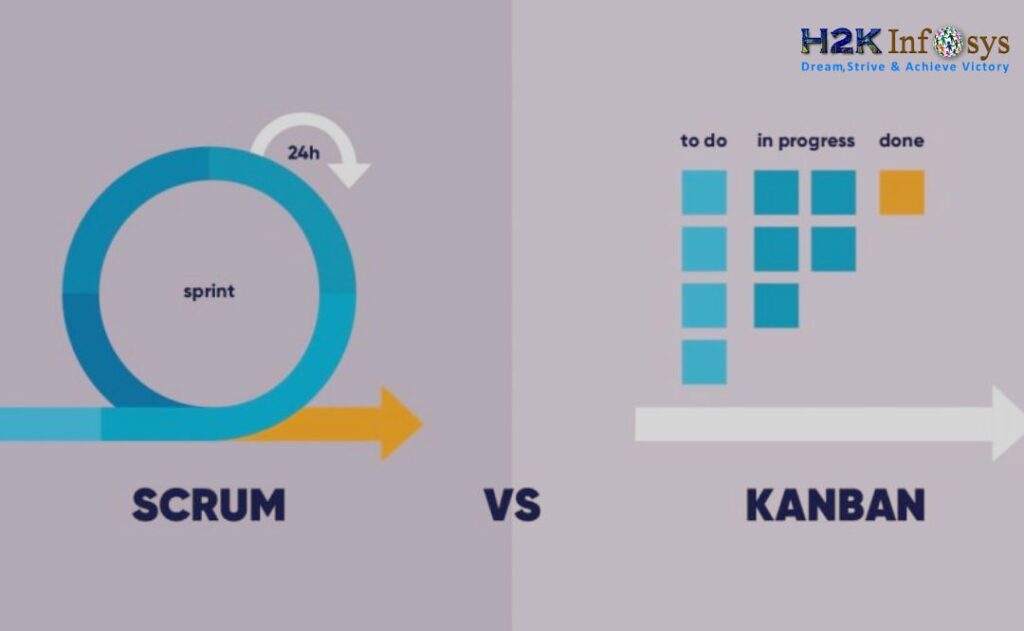The process of developing software is incredibly difficult. The development team and the IT operations team are the two main teams that work on the DevOps software development process in a standard firm setting. Naturally, working on a single project with two different teams can lead to internal conflicts between them, which slows down the deployment process overall and delays the release of software while also decreasing profitability.
What therefore might be a workable remedy for it? This is where DevOps becomes useful! To learn more about DevOps, check out the online DevOps course.
8 DevOps Best Practices To Follow
- Have a Centralised Unit For DevOps
For DevOps, centralised units are common in large enterprises. Jenkins, Docker, Ansible, Puppet, and other DevOps tools are made by this unified entity. All of the developed DevOps tools belong to this unit, which also applies agile methodology to all participating teams.
The centralised DevOps team is in charge of selecting the DevOps tools that are most pertinent, useful, and significant for the company out of all of those that are available. This department looks after these instruments and gives developers instructions on how to carry out the necessary procedures.
- Shift Left With CI/CD
Continuous Delivery (CD) and Continuous Integration (CI) are the two most crucial DevOps processes. Software firms may develop and deliver software in very short cycles thanks to CI/CD methods, to put it briefly.
What is the true meaning of CI?
Continuous Integration, or CI, is the process of continuously integrating any code changes from various contributors into the Central Repository. Developers can now seamlessly incorporate any modifications to the code at any point in time.
What makes this procedure crucial?
- When the code is smaller, it is always simpler to identify any errors or problems than it is to identify any flaws in a larger code.
- It enables you to utilise certain automated techniques to determine whether the system’s code is correct or not.
- It enables quicker process deployment.
What is CD?
After Continuous Integration (CI), a phase known as Continuous Delivery (CD) is initiated. Every code from CI has been pulled for production use. This is a crucial step in the leftward movement. Creating, constructing, and testing the CI is the first step in the CD process. Although the CD process is essential for a healthy DevOps integration, it is not as widely adopted and deployed as the CI process.
Why is it important to use continuous delivery (CD)?
- It virtually eliminates the agony of the software development process.
- It lowers the process’s total risk.
- Large and complicated application deployment is made easier.
- Everything starts to become routine.
- On-demand software creation is possible.
- Continuous Integration (CI) and Continuous Delivery (CD) are essential to make the life cycle of software development
- Always Take A ‘Security First Approach’
Security is crucial in the modern world, particularly for software that is susceptible to hacking and breaches. As a result, it becomes essential that every process be continuously and continuously monitored in real-time to identify any security vulnerabilities.
By putting security first, it will be easier to identify security threats and risks early on, preventing data loss and other costly repercussions of taking action later. This improves security as well.
- Use the Right Tools
The procedures need to be automated for a DevOps strategy to be effective. DevOps tools are a must for successfully automating software development processes.
DevOps technologies are abundant and serve a variety of functions, including monitoring various metrics and identifying security flaws. Using the correct kind of tool is essential to reducing development time and optimising software development.
The following are some DevOps tools that you may find useful:
- With just a single click, DevOps can deploy, manage, and scale apps across any cloud architecture thanks to Middleware, a multi-cloud orchestration and management platform.
- Jira and Bugzilla facilitate efficient teamwork and allow users to monitor development progress.
- Monitor the Right Metrics
Monitoring the appropriate KPIs is crucial for an efficient integration of DevOps within the company. These are the metrics that provide information about DevOps’s efficacy. The measure can fall under a number of areas, including lead time, issue severity, average time to diagnosis, and so on.
With so many indicators available, it’s easy to become overwhelmed by the amount of information. Identifying the metrics that are critical to your organisation’s aim and concentrating only on their monitoring is the most crucial step.
- Switch To Microservices
Any activity that is divided into manageable chunks is far easier to complete than one big one. Microservice architecture is utilised in DevOps to simplify work according to the same idea.
Combining all of the smaller counterparts into a single, more difficult-to-use software is the typical way of working. The microservice architecture calls for the autonomous deployment of all the smaller services and applications.
- Decide Which Processes And Tests To Automate First
The ultimate goal of DevOps is to automate every step of the software development life cycle. Implementing process automation on a large scale might be intimidating. Determining which software development phase is most crucial is therefore a good method to automate operations.
Depending on the outcome you want to reach, you can automate a number of crucial software development processes at first, such as assembling programs, User Interface (UI) testing, functional testing, etc. Prior to automating less significant or infrequently used activities, automate the most crucial and often utilised processes.
- Build Only Once But Implement Continuous Deployment
It takes a lot of time to build the source code several times; time that could be spared to expedite the process. Before being deployed, software must be created, packed, and bundled. A clean environment during software development will reduce the likelihood of errors occurring and shorten the development period.
Regular software releases are part of DevOps’ strategy to reduce overall workload. To do this, the program needs to be tested in a setting akin to a production stage after it has been completed. However, testing the program at a true production stage is not viable. It is necessary to establish a deployment stage as a result.
Conclusion DevOps is more than a trendy trend. It’s a technique that can significantly alter how your organisation creates and publishes software. Check out the DevOps online training to learn more.





























2 Responses